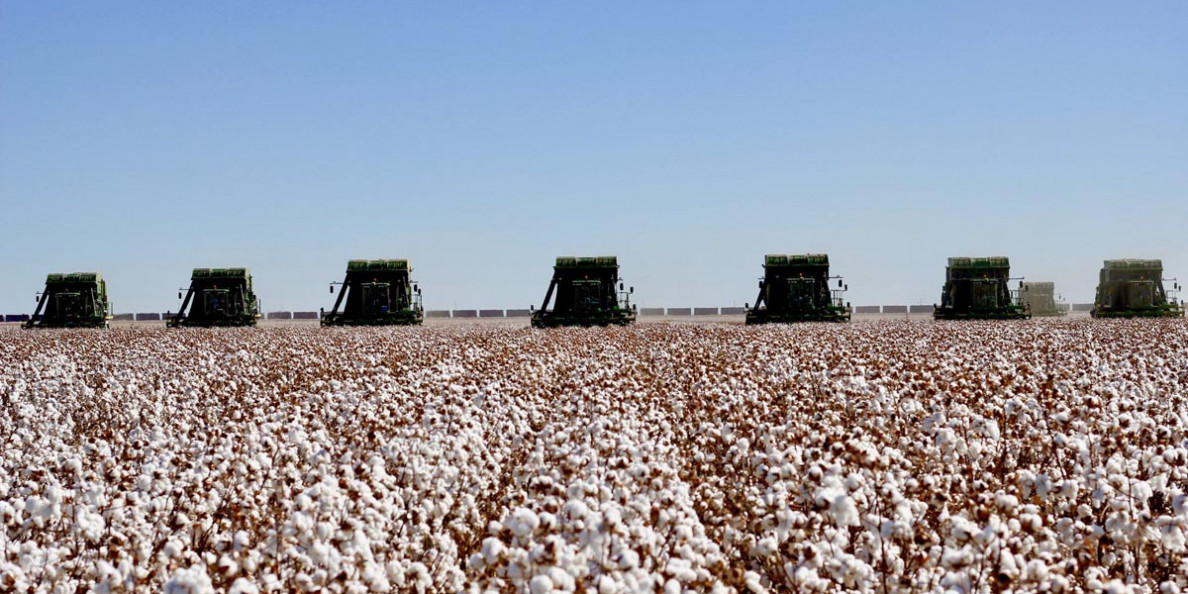Between 1960/61 and 2010/11, the world stocks-to-use ratio stayed between 30 and 60 percent. However, since 2011/12 the stocks-to-use ratio has not dipped below 65 percent and has been above 90 percent four times including the last 2 years.
A major cause of the dramatic increase in global stocks is easily identified: China’s massive build-up in reserve stocks from 2011/12 to 2013/14. In 3 years, China added over 50 million bales to its State Reserve (SR) stocks.
This explains the rapid rise in world stocks-to-use to 95 percent in 2014/15. China began to build such a huge reserve after the price shock in 2010 when the A-Index reached $1.75 per pound. Internal prices in China also surged dramatically, despite the SR’s release of over 10 million bales that year.
Somewhat surprisingly, stocks outside of China remained stable during China’s multi-year stock build up despite China needing massive imports to support both the build-up in SR stocks and domestic mill use. With SR stocks effectively off the global market, prices remained strong and supported production outside of China.
China began reducing the level of the State Reserve in 2014/15 and continued until 2018/19. The reduction in import demand for the SR helped lower world prices which led to lowered production in 2015/16 and helped keep stocks outside of China from rising.
China is believed to have recently reached its preferred reserve stock level in 2019/20, and global stocks initially looked to behave like another year with little year-toyear changes. In China, limited SR activity was projected. World stocks-to-use ratio was in the midsixties, the upper bound of the long-term range, and little change was expected in 2019/20.
However, 2019/20 production remained relatively high as the Minimum Support Price (MSP) in India helped push its production to near-record levels and has resulted in the government acquiring significant levels of stocks.
Moreover, Brazil registered its third consecutive record crop, as most production has shifted to second-crop cotton, which has a lower cost of production.
The USDA Outlook in February of 2020 projected that 2020/21 would be similar to 19/20, with modest consumption growth and a modest decline in world stocks. Then COVID-19 spurred record downward adjustments to global cotton demand.
Current USDA estimates show global consumption in 2019/20 and 2020/21 together down just under 25 million bales (with 2020/21 down 15 percent) from the February Outlook projections.
The 2020/21 world production forecast is virtually unchanged, and COVID-19’s negative impact on cotton demand was too late in the season to shift planting decisions away from cotton for most major producing countries. This has pushed the stocks-to-use ratio back up into the 90 percent range.
Looking ahead, with government support programs in in the two largest producing countries, China and India, shielding producers somewhat from price volatility, lower prices will have limited impact on global production. Given that the massive drop in demand in recent months was not price based but due to the impacts of COVID- 19, lower cotton prices alone will have little impact on demand.
Before global stocks can be drawn down to more traditional levels, end-use demand will have to recover from the current COVID-19-reduced levels.


